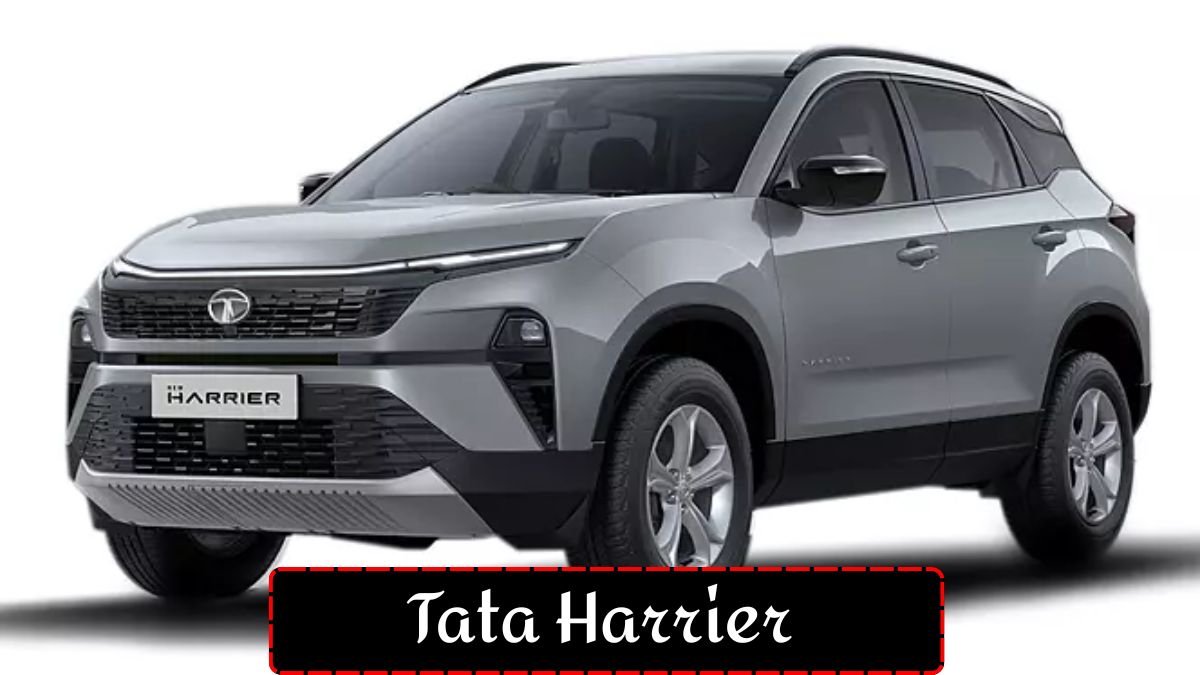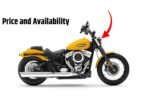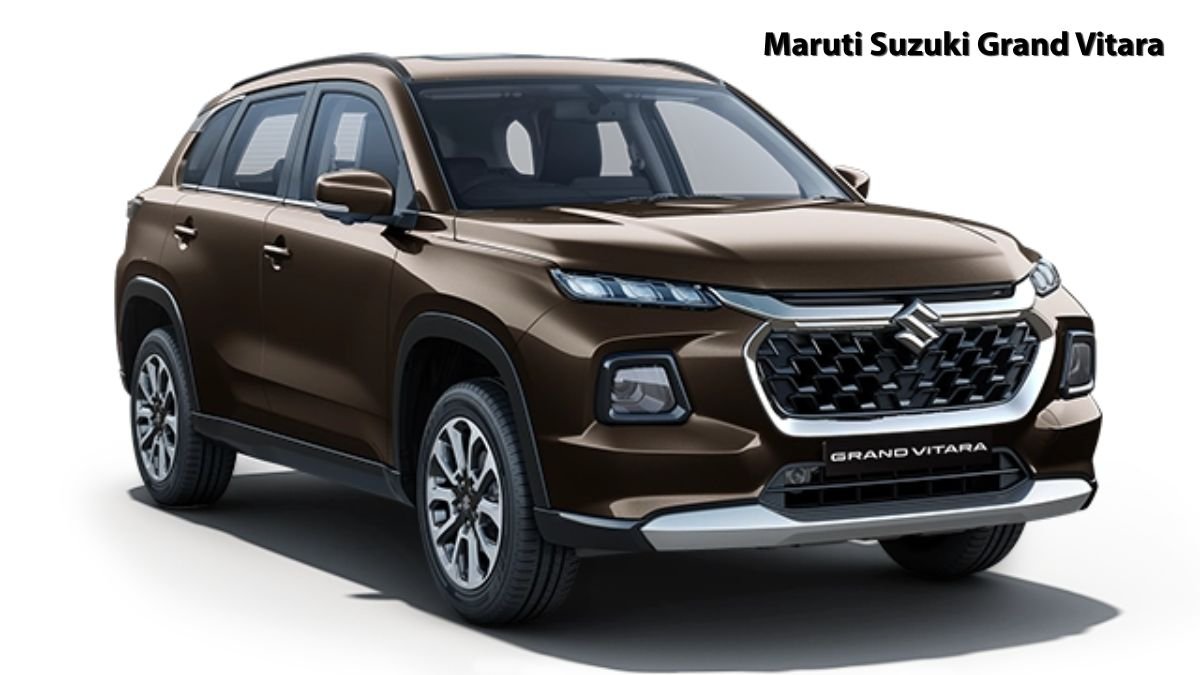If you’ve been eyeing the Tata Harrier and want to know how much it’ll cost you every month after a modest down payment, you’re not alone. Let’s walk through the numbers so you can see if it fits your budget.
Tata Harrier at a Glance
The Tata Harrier is one of Tata Motors’ flagship mid-size SUVs, known for its bold design and spacious cabin. It’s positioned above compact SUVs like the Tata Nexon but below premium models like the Tata Safari.
For this breakdown, we’re looking at the base variant.
- Ex-showroom price: ₹15.00 lakh
- On-road price in Delhi: ~₹17.83 lakh
- RTO charges: ~₹1.95 lakh
- Insurance: ~₹74,000
- TCS (Tax Collected at Source): ~₹15,000
EMI After a ₹2 Lakh Down Payment
If you put down ₹2 lakh upfront, here’s what the financing could look like:
- Loan amount: ~₹15.83 lakh
- Loan tenure: 7 years
- Interest rate: 9% per annum
- Monthly EMI: ~₹25,478
Why this matters: Knowing your EMI helps you plan not just for the car cost but for your overall monthly budget.
The Total Cost Over Time
A car loan spreads payments out, but interest adds up. Over seven years:
- Total interest paid: ~₹5.56 lakh
- Total outflow (car + interest): ~₹23.40 lakh
So while the Harrier’s ex-showroom price is ₹15 lakh, the long-term cost is considerably higher once loan interest is included.
Competitors in the Segment
The Harrier competes with several mid-size SUVs, including:
- Hyundai Creta
- Kia Seltos
- MG Hector
- Maruti Grand Vitara
- Toyota Urban Cruiser Hyryder
- Honda Elevate
- Mahindra Scorpio (lower trims)
- Tata Safari (its bigger sibling)
Each offers different strengths — from tech features to fuel efficiency — so it’s worth comparing before you decide.
Final Thought
If you’re set on bringing home the Tata Harrier, running the EMI math first can save you from surprises later. A ₹2 lakh down payment makes the EMI manageable for many buyers, but remember to factor in insurance renewals, fuel, and maintenance costs too.





